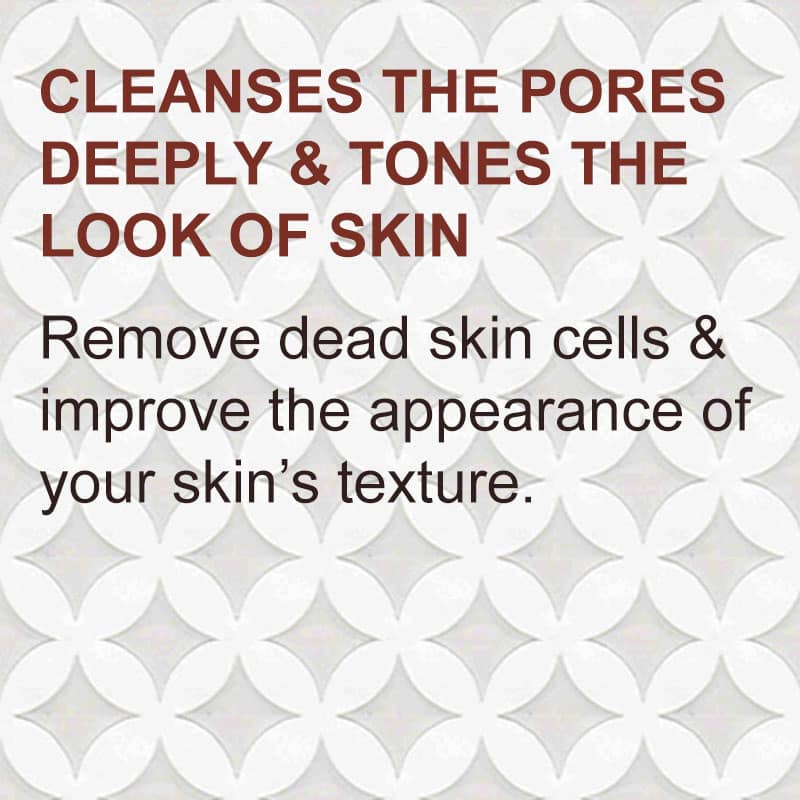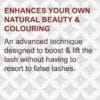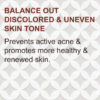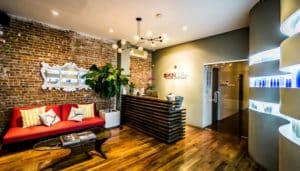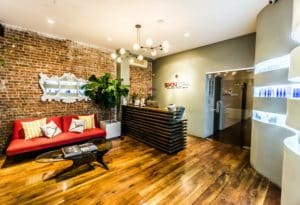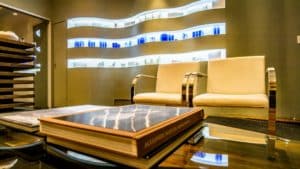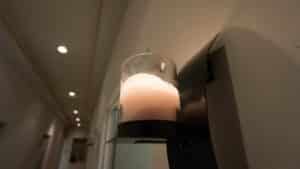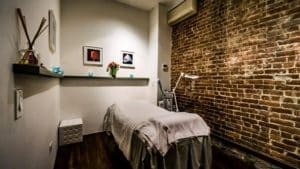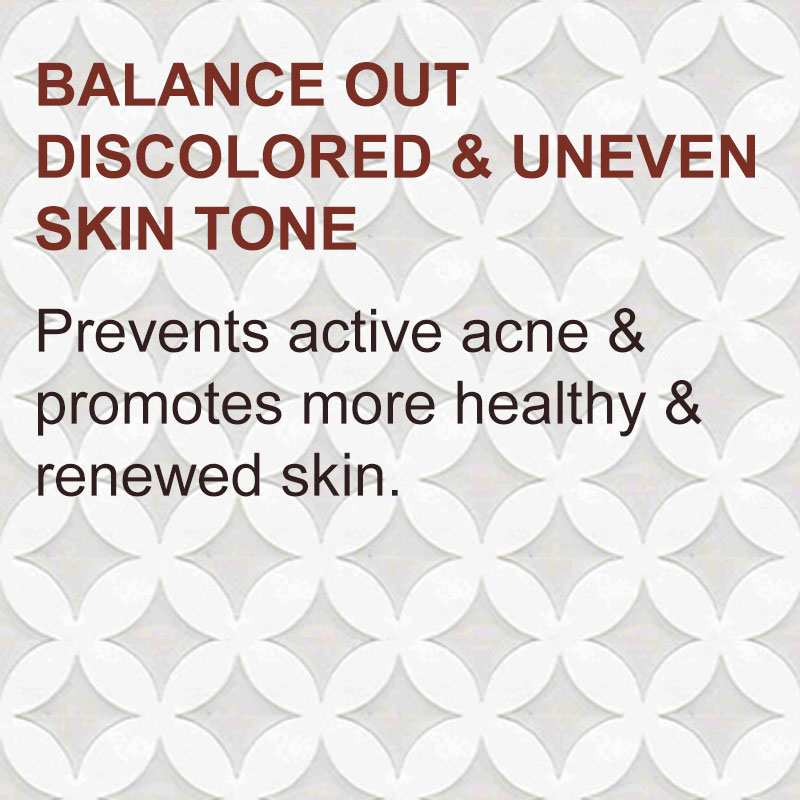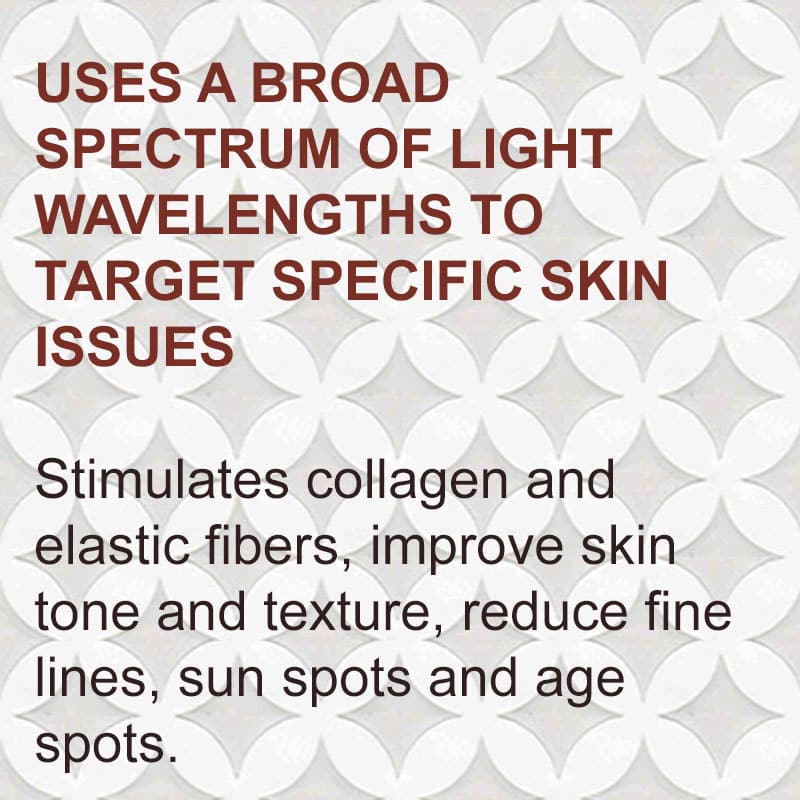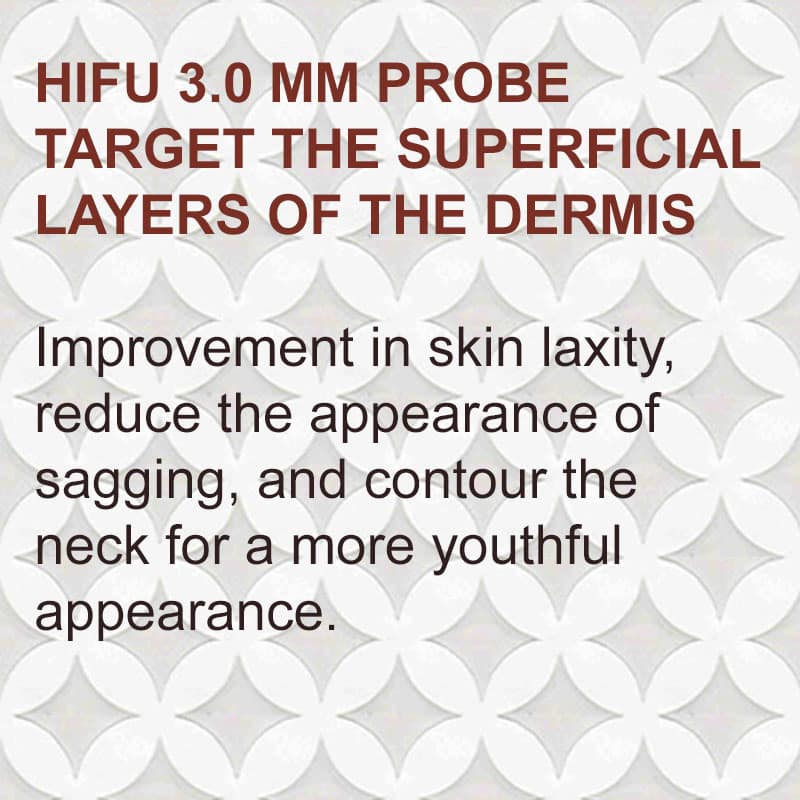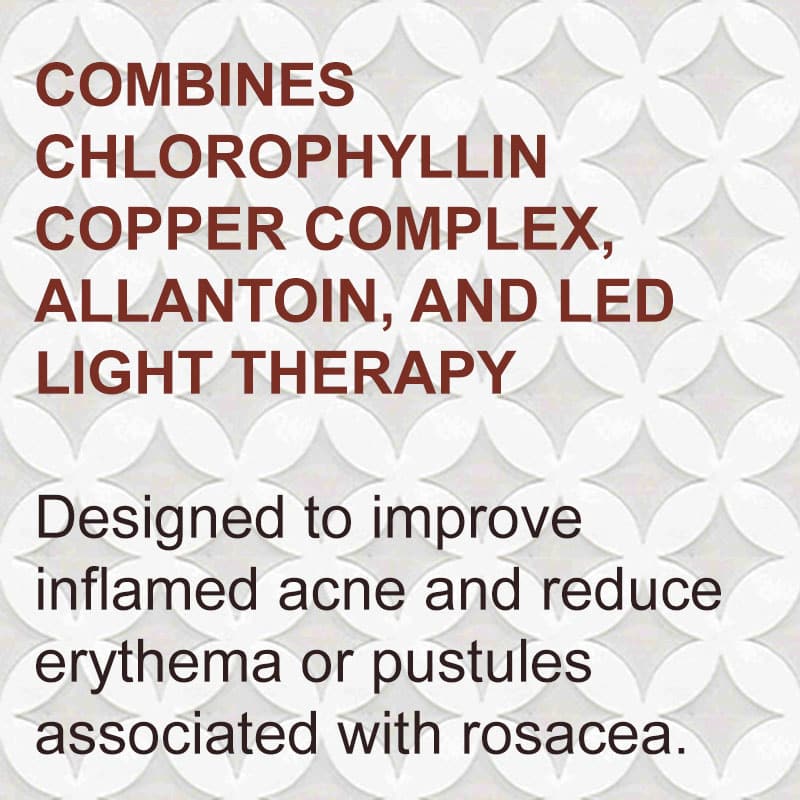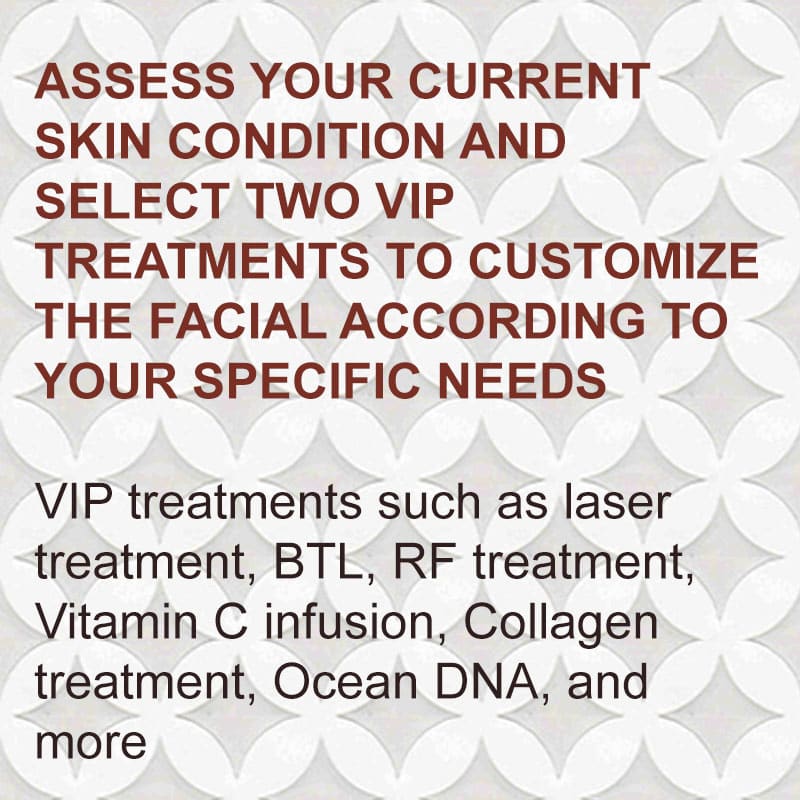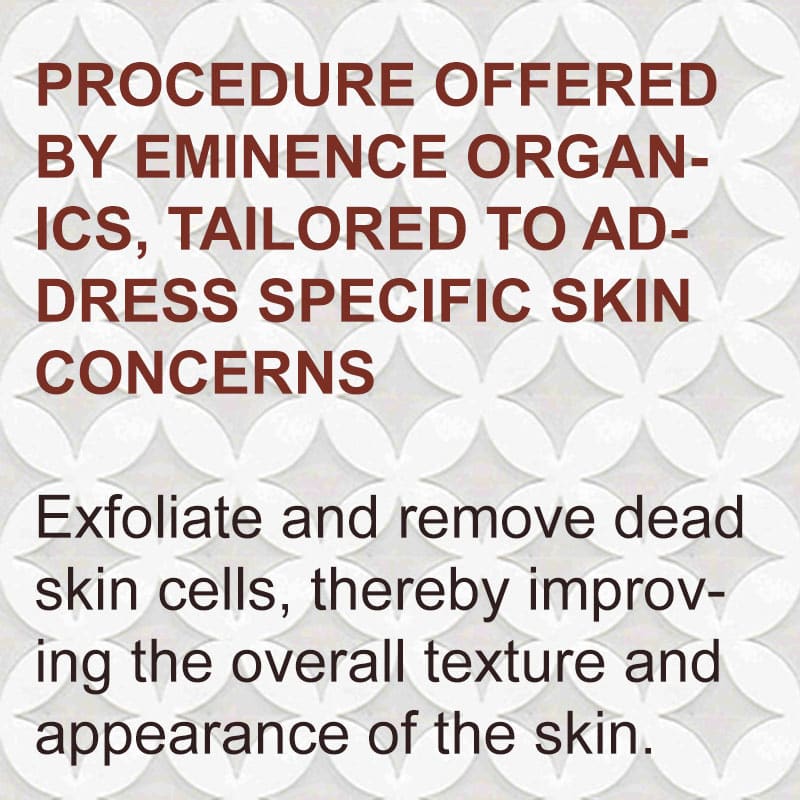PCA Custom Chemical Peel $125
PCA Sensi Peel® is a gentle solution specially formulated for ethnic skin and extremely sensitive skin types. It strengthens and brightens the skin while effectively treating sun damage and hyperpigmentation. This multifaceted treatment also offers anti-inflammatory, anti-acne, and antibacterial actions, making it an excellent choice for calming conditions like rosacea, reducing redness, and inflammation post-treatment.
Key Ingredients:
- Lactic Acid (12%): A natural alpha hydroxy acid found in milk and sugars that hydrates the skin and inhibits melanogenesis.
- Trichloroacetic Acid (TCA) (6%): A peeling agent used to target fine lines, wrinkles, and acne scarring by promoting controlled exfoliation.
PCA Peel® with Hydroquinone: This enhanced Jessner’s formula is suitable for those without sensitivity to hydroquinone, aiming to even skin tone and lighten pigment discolorations like melasma and actinic damage. It also helps inhibit active acne and correct post-inflammatory hyperpigmentation from acne.
Key Ingredients:
- Kojic Acid: Derived from mushrooms, it inhibits melanogenesis by chelating copper and reducing melanosomes and dendrites.
- Azelaic Acid: Known for its melanogenesis inhibition properties, it brightens uneven complexions, fights breakouts with bactericidal and antimicrobial actions, and normalizes skin keratinization when combined with alpha hydroxy acids.
- Arbutin: Helps correct hyperpigmentation by suppressing tyrosinase formation and melanosome maturation, promoting even skin tone. It also acts as an antioxidant and conditions the skin.
- L-Ascorbic Acid (Vitamin C): A potent water-soluble antioxidant essential for collagen synthesis, it protects against UV-induced damage, improves skin elasticity, reduces wrinkles, and inhibits melanogenesis. It also controls inflammatory enzymes, thereby reducing erythema.
PCA Peel® Hydroquinone Free: This enhanced Jessner’s formula is ideal for more sensitive skin types, ethnic skin, or individuals allergic to hydroquinone. It helps unclog pores, clear acne, and rejuvenate the skin. The blend of brighteners and alpha and beta hydroxy acids corrects pigment discolorations and maintains even pigmentation for those with hydroquinone sensitivities.
Key Ingredients:
- Lactic Acid (14%): A natural alpha hydroxy acid found in milk and sugars that hydrates the skin and inhibits melanogenesis.
- Salicylic Acid (14%): A beta hydroxy acid that smooths the skin, decreases abnormal cell shedding in follicles, and acts as an anti-inflammatory.
- Kojic Acid (3%): Derived from mushrooms, it inhibits melanogenesis by chelating copper and reducing melanosomes and dendrites.
- Citric Acid: An alpha hydroxy acid found in citrus fruits that increases hyaluronic acid content, enhances moisture retention, exfoliates the skin, and brightens.
- Hydroquinone (2%): Inhibits melanin activity, lightens existing hyperpigmentation, and induces melanocyte-specific cytotoxicity.
- Lactic Acid (14%), Salicylic Acid (14%), Kojic Acid (3%), and Citric Acid: Same as listed in PCA Peel® Hydroquinone Free.
PCA Peel® with Hydroquinone & Resorcinol: The most potent of the enhanced Jessner’s formulas, this peel evens skin tone and provides deeper exfoliation for oilier, thicker, and more resilient skin types. It effectively treats sun-damaged, thickened skin, active or cystic acne, and asphyxiated skin.
Key Ingredients:
- Hydroquinone (2%) and Resorcinol: Together, they inhibit melanin activity, increase melanosomes degradation, and induce cytotoxicity in melanocytes.
- Lactic Acid (14%), Salicylic Acid (14%), Kojic Acid (3%), and Citric Acid: Same as listed in PCA Peel® Hydroquinone Free.
These descriptions highlight the specific formulations and key ingredients of each PCA Jessner’s Peel variant, emphasizing their targeted benefits for different skin types and conditions.
Here’s a structured Q&A for PCA Peels:
- What is a PCA Peel?
PCA Peels are advanced skin treatments designed to address various skin concerns such as hyperpigmentation, acne, fine lines, and uneven texture. They utilize a blend of alpha hydroxy acids (AHAs), beta hydroxy acids (BHAs), and other active ingredients to exfoliate and rejuvenate the skin. - How do PCA Peels work?
PCA Peels work by applying a customized blend of acids, such as lactic acid, salicylic acid, and kojic acid, to the skin. These acids exfoliate the outer layer of dead skin cells, stimulate cell turnover, and promote collagen production. Depending on the formulation, PCA Peels can target specific skin issues like pigmentation, acne, and aging signs. - What are the different types of PCA Peels available?
PCA offers several types of peels, including:- PCA Peel® Hydroquinone Free: Suitable for sensitive skin and those allergic to hydroquinone, focuses on pigment correction and skin rejuvenation.
- PCA Peel® with Hydroquinone: Contains hydroquinone to lighten pigmentation and improve overall skin tone.
- PCA Peel® with Hydroquinone & Resorcinol: Offers deeper exfoliation and is effective for sun-damaged, thickened skin, and acne-prone skin.
- Who is a suitable candidate for PCA Peels?
PCA Peels are suitable for individuals looking to improve their skin’s tone, texture, and clarity. They are beneficial for treating hyperpigmentation, acne, fine lines, and mild scarring. Candidates should have realistic expectations and be willing to follow pre and post-treatment care instructions. - What skin concerns can PCA Peels address?
PCA Peels can effectively address:- Hyperpigmentation (such as melasma, sun spots)
- Acne and acne scarring
- Uneven skin tone and texture
- Fine lines and wrinkles
- Enlarged pores
- Dull complexion
- How many treatments are recommended, and what is the downtime?
The number of treatments needed varies depending on the skin concern and peel type. Typically, a series of treatments spaced a few weeks apart is recommended for optimal results. Downtime can vary but is generally minimal, with possible mild redness and peeling post-treatment. - Are PCA Peels safe?
Yes, PCA Peels are considered safe when performed by trained skincare professionals. However, it’s crucial to have a consultation before treatment to assess skin type, discuss expectations, and ensure suitability. - What can I expect during and after a PCA Peel?
During a PCA Peel, you may experience a tingling or warming sensation as the acids work on the skin. Afterward, mild redness and peeling may occur, depending on the peel’s intensity. Skin will gradually improve in texture, tone, and clarity over the following weeks. - How should I prepare for a PCA Peel, and what is the aftercare like?
Preparation may involve avoiding certain skincare products or treatments beforehand. Aftercare typically includes gentle cleansing, moisturizing, and sun protection. Your skincare professional will provide specific instructions tailored to your peel type and skin condition.
This structured Q&A provides an overview of PCA Peels, covering their mechanisms, benefits, candidacy, treatments, safety considerations, and aftercare instructions. Always consult with a qualified skincare professional for personalized advice and treatment planning.
Post-care after a PCA Peel is crucial to ensure optimal healing and results. Here are general guidelines for post-care after a PCA Peel:
- Avoid Sun Exposure: Protect your skin from direct sunlight for at least 48 hours post-peel. Use a broad-spectrum sunscreen with SPF 30 or higher, even if staying indoors, as your skin may be more sensitive to UV rays.
- Moisturize: Keep your skin hydrated with a gentle, non-comedogenic moisturizer to aid in the healing process and prevent excessive dryness or flaking.
- Avoid Exfoliation: Refrain from using exfoliating scrubs, brushes, or harsh cleansers for about a week after the peel. Let your skin naturally exfoliate without interference to avoid irritation.
- Do Not Pick or Peel: Allow any flaking or peeling of the skin to occur naturally. Picking at or peeling off skin prematurely can lead to scarring or hyperpigmentation.
- Use Gentle Skincare Products: Use mild, non-irritating skincare products suitable for sensitive skin. Avoid products containing alcohol, retinoids, or strong acids until your skin has fully recovered.
- Avoid Heat: Avoid hot baths, saunas, steam rooms, and vigorous exercise that induces sweating for 24-48 hours post-peel. Heat can exacerbate inflammation and irritation.
- Hydrate and Soothe: Drink plenty of water to keep your skin hydrated from within. If your skin feels irritated or sensitive, cool compresses or soothing aloe vera gel can provide relief.
- Follow Specific Instructions: Follow any specific instructions provided by your skincare professional based on the type and intensity of the peel you received.
- Resume Normal Skincare Gradually: Once your skin has healed (typically after about a week), gradually reintroduce your regular skincare routine, starting with gentle products.
- Attend Follow-Up Appointments: Attend any scheduled follow-up appointments with your skincare professional to monitor your skin’s progress and adjust treatment plans if necessary.
By following these post-care instructions diligently, you can help maximize the benefits of your PCA Peel while minimizing potential side effects or complications. Always consult with your skincare professional for personalized advice tailored to your specific skin type and condition.

